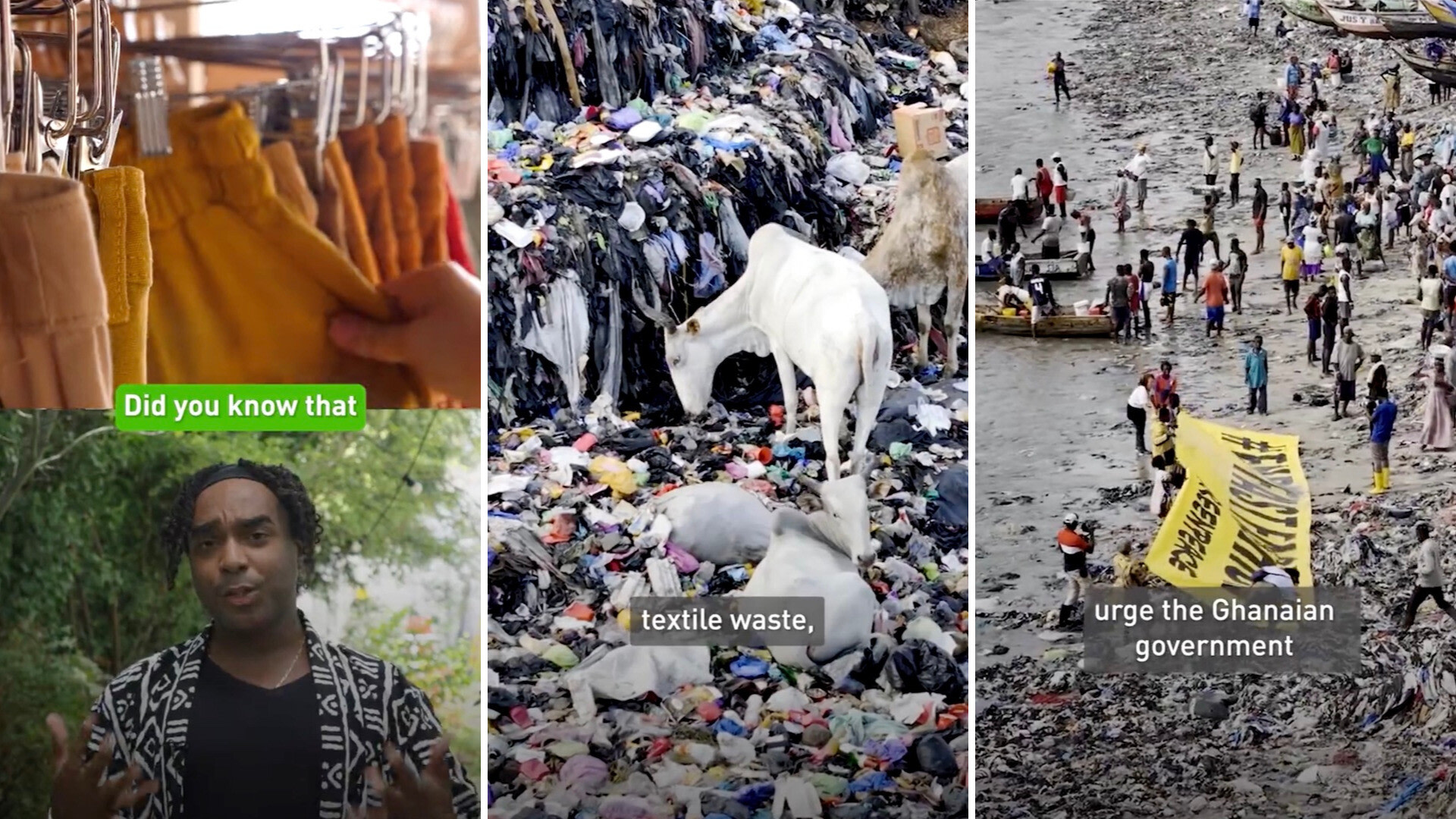Jobs
Hispanic Representation In Tech Jobs Remains Low

The US tech industry is on track for substantial growth, with the Bureau of Labor Statistics predicting a 13% increase in tech roles by 2030.
Yet, despite this boom, Hispanic representation in tech remains disproportionally low. This discrepancy is particularly striking when compared to the Hispanic population’s growth, which has surged to around 19% of the total US population as of 2020.
Examining Key Cities: Growth vs. Representation
An analysis by Bureau of Labor Statistics of major cities reveals significant gaps between Hispanic population growth and tech job representation.
Philadelphia, for example, boasts a 16% Hispanic population as of 2022 but only 4% of its tech workforce is Hispanic, resulting in a 12-point disparity. Similarly, Washington, DC, with an 11% Hispanic population, reports just 6% representation in tech.
Baltimore, where the Hispanic community has doubled over the past decade to 8%, has only 4% in tech roles. Meanwhile, Atlanta shows a closer match, with 6% of its population and 5% of its tech workforce being Hispanic.
Pittsburgh maintains alignment with a 4% Hispanic population and 3.5% representation in tech, reflecting an ongoing trend of limited but proportional growth.
Recent studies indicate that these discrepancies contribute to a larger economic impact.
Challenges to Greater Representation
Barriers to Hispanic inclusion in tech stem from both historical and systemic issues. Limited access to quality STEM education and technology from a young age plays a pivotal role.
According to Pew Research, Hispanic students are less likely to have advanced math and science opportunities in high school compared to their white counterparts.
“Increasing Hispanic representation in tech is not just a matter of equity but also of economic necessity,” says Ronaldo Tello, president of the Delaware Hispanic Chamber of Commerce, according to Technical.ly.
Compounding these challenges are data limitations in demographic studies. The US Census, which separates race from ethnicity, often struggles to capture accurate figures for Hispanic representation.
Nearly 44% of Latine respondents in 2020 had their race assigned as “white” when “some other race” was selected, skewing data and affecting policy and workforce analysis.
Addressing the Gaps
Despite these challenges, progress is being made. Over the past decade, Hispanic participation in tech has gradually risen, aided by initiatives that focus on bridging educational divides and creating tech opportunities.
Nonprofits and grassroots programs are stepping in to foster STEM education and mentorship for Hispanic youth, aiming to prepare a diverse pipeline for future tech roles.
The National Bureau of Economic Research reports that increasing diversity, including better representation of Hispanic people in tech, could boost the U.S. GDP by hundreds of billions of dollars through enhanced innovation and productivity.










